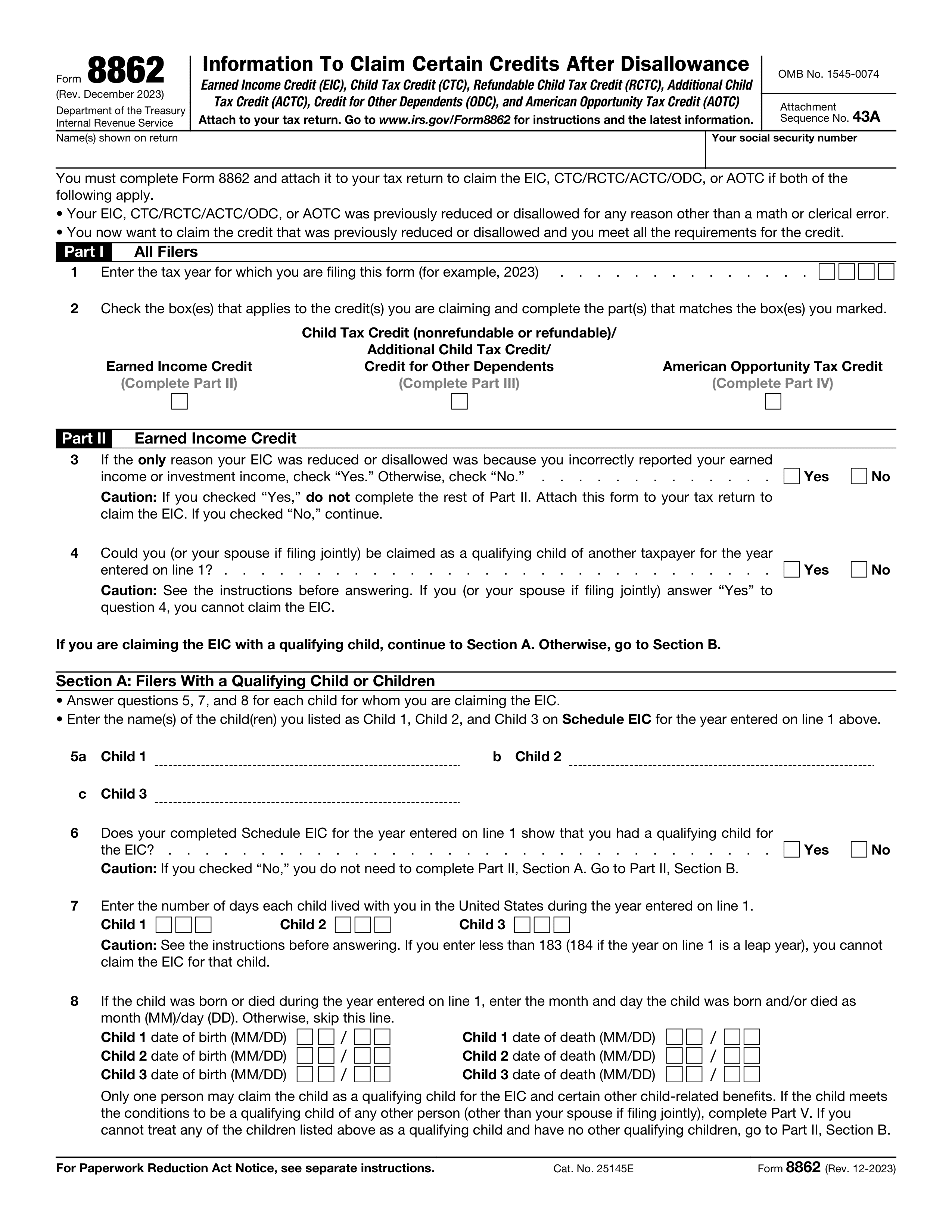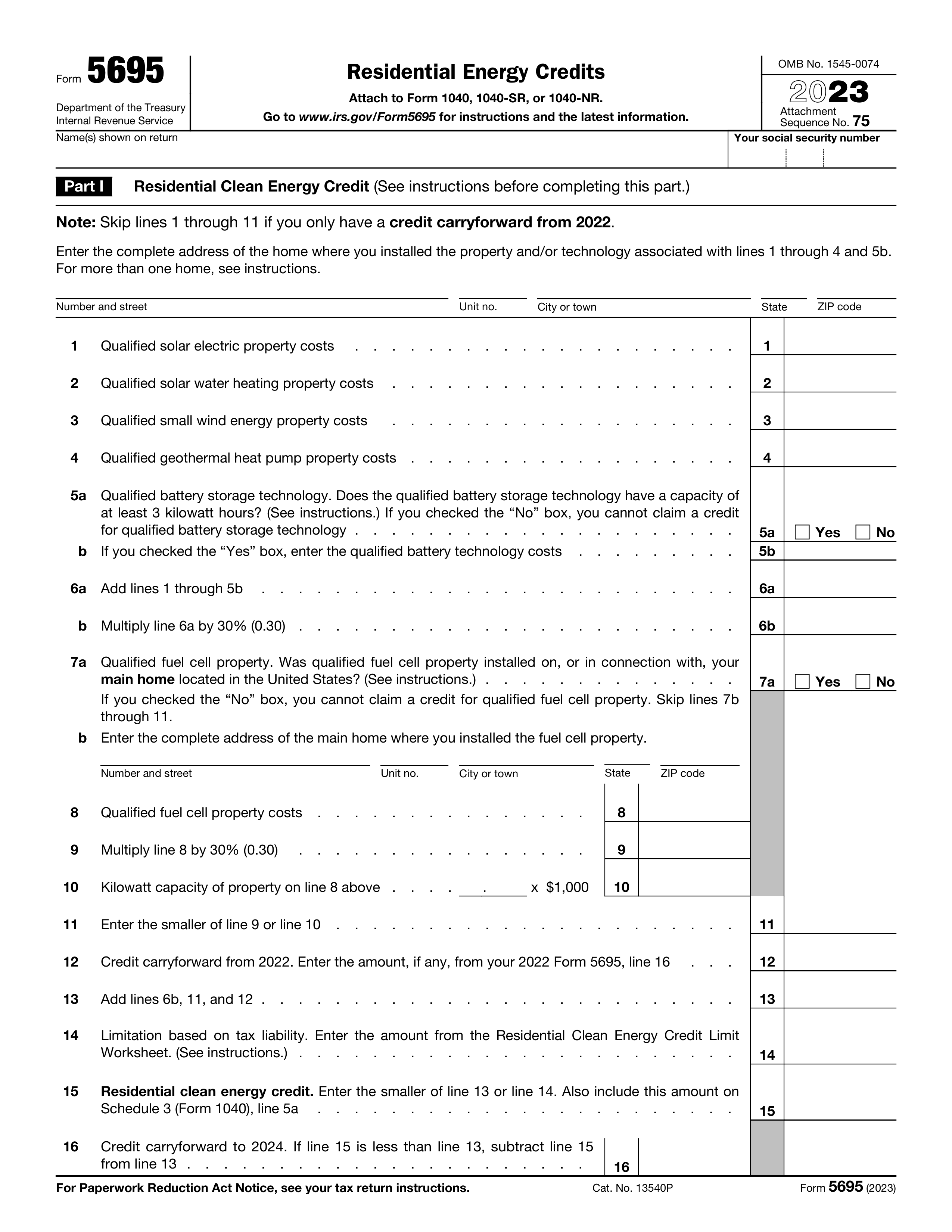What is an 8938 form?
Form 8938 is crucial for taxpayers in the U.S. who hold foreign financial assets exceeding certain thresholds. If you're an individual or a couple with significant investments outside the U.S., this form helps you report these assets to the IRS. It ensures you're compliant with U.S. tax laws, avoiding penalties.
What is an 8938 form used for?
Form 8938 is essential for reporting specified foreign financial assets. Here's what it's used for:
- To report foreign bank accounts and financial assets
- To comply with the FATCA requirements
How to fill out an 8938 form?
- 1
Start by entering your personal information at the top of Form 8938. Include your name, address, and SSN or ITIN.
- 2
List all foreign financial assets you own, specifying the type of asset, the financial institution holding it, and the maximum value during the year.
- 3
Calculate the total value of your reported foreign financial assets and enter this in the summary section.
- 4
Sign and date the form at the bottom to confirm the accuracy of the information provided.
- 5
Attach Form 8938 to your annual tax return before submitting it to the IRS.
Who is required to fill out an 8938 form?
Form 8938 must be completed by U.S. taxpayers holding foreign financial assets exceeding the reporting threshold. This includes individuals and entities.
The IRS uses Form 8938 for compliance with FATCA, ensuring taxpayers report foreign assets and pay any owed taxes.
When is an 8938 form not required?
Form 8938 is not a requirement for every taxpayer. Specifically, non-resident aliens are not required to complete this form.
Additionally, taxpayers whose foreign assets fall below the reporting threshold are also exempt. It's important to check the current thresholds to determine if you're required to report.
When is an 8938 form due?
The deadline for Form 8938 is the same as your tax return: April 15. If you file for an extension, the due date moves to October 15.
Remember to attach it to your annual tax return, submitting both by the due date to stay compliant with IRS regulations.
How to get a blank 8938 form?
To get a blank Form 8938, just visit our platform where the template is pre-loaded in our editor. You can start filling it out right away without the need to download it from elsewhere. Remember, our website helps you fill out and download the form, but we don't assist with filing it.
How to sign 8938 form online?
To sign Form 8938 online with PDF Guru, first complete all required fields in the form. After filling it out, look for the Sign tool.
PDF Guru lets you create a simple electronic signature for Form 8938. Once your form is ready, select the option to add your signature before downloading.
Where to file an 8938?
Form 8938 must be submitted with your income tax return, using either e-file or mail.
It cannot be filed separately but as part of your tax documentation.





